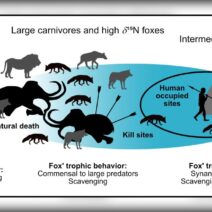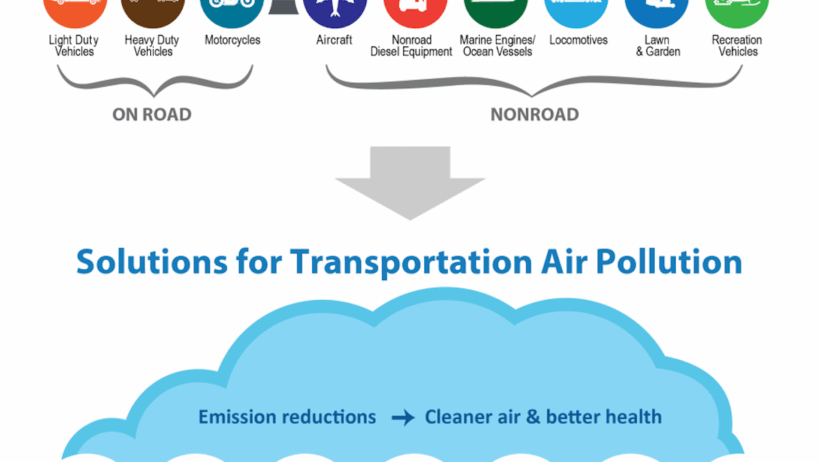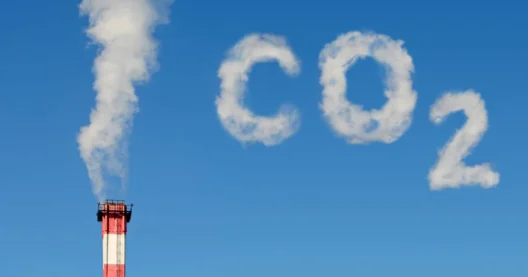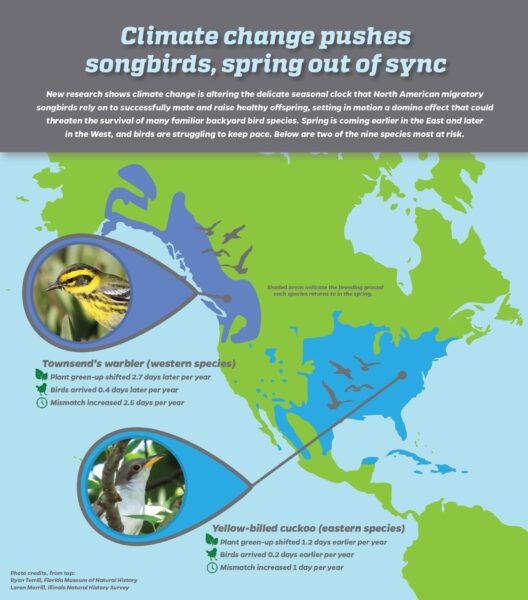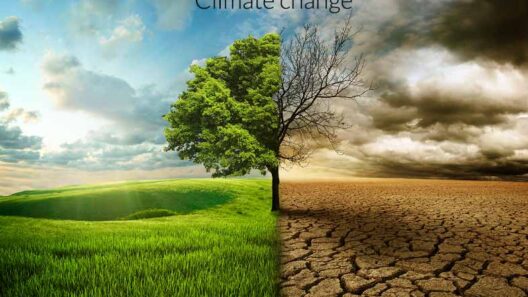Air pollution is not merely an environmental issue confined to local neighborhoods; it is a complex and pervasive problem that is intricately linked to the larger phenomenon of climate change. As we delve into the depths of the atmosphere, we uncover a multifaceted interplay between pollutants and the climate crisis, revealing that what is in the air truly matters. The relationship between air pollution and climate change is not only profound but also essential for understanding our collective future.
The first step in grasping this relationship is to understand the nature of air pollution. Common pollutants such as carbon dioxide (CO2), methane (CH4), and nitrous oxide (N2O) are often spotlighted as greenhouse gases. These substances trap heat in the Earth’s atmosphere, contributing to global warming. Yet, there are other pollutants—like sulfur dioxide (SO2) and particulate matter—that, while damaging to health and ecosystems, also influence the climate dynamics in unexpected ways.
Greenhouse gases such as CO2 have a well-known role in climate change. Emitted through burning fossil fuels, deforestation, and industrial processes, CO2 levels have spiraled since the Industrial Revolution, contributing to a significant warming trend. The ramifications are dire: rising sea levels, extreme weather events, and shifts in biodiversity. However, it is crucial to recognize that not all air pollutants function in the same manner. Sulfur dioxide, for instance, can create sulfate aerosols that reflect sunlight, offering a temporary cooling effect that obscures the true extent of warming caused by greenhouse gases. Understanding these nuances is critical as it presents both a peril and a promise: while the immediate cooling effects may seem beneficial, they are merely a band-aid on a complicated wound.
With the anthropogenic activities driving these emissions, we must interrogate the consequences that extend beyond mere temperature changes. Air pollution can influence weather patterns, altering precipitation and thus impacting agriculture and water supply. For example, increased aerosols can modify cloud formation, leading to irregular rainfall distributions and affecting food security. In an era where climate resiliency is paramount, these shifts necessitate adaptive management strategies that account for both air quality and climate stability.
Moreover, the interconnection goes deeper with the concept of the “climate penalty.” Areas suffering from higher levels of air pollution often experience compounded effects from climate change, such as heatwaves and deteriorating air quality. Vulnerable populations are disproportionately affected by these compounded stresses, leading to increased health crises, including respiratory diseases and cardiovascular problems. This cyclical relationship exacerbates societal inequalities and impedes progress toward a healthy and equitable future.
Furthermore, we must consider the role of black carbon, a product of incomplete combustion of fossil fuels and biomass. It is not classified as a greenhouse gas, but its implications in climate change are significant. Black carbon particles absorb sunlight and heat the atmosphere, thereby accelerating the melting of glaciers and altering regional climates. By reducing black carbon emissions, we could achieve rapid and substantial climate benefits, demonstrating that strategies to control pollution can be synergistic with climate action. This intersection offers a unique opportunity for policymakers: the dual benefits of improving air quality and combating climate change can be harnessed through holistic frameworks rather than piecemeal approaches.
As we engage in discussions around climate change policy, it is imperative to broaden our understanding of air pollutants as agents that drive climate change. This holistic perspective facilitates innovative approaches in implementing regulations that address both emissions and public health. Mitigation strategies need to encompass a spectrum of pollutants, moving beyond traditional carbon reduction to tackle hazardous air emissions, opening the door for transformative change.
One promising avenue is the integration of technology and policy. Innovations such as low-emission technologies and renewable energy can significantly reduce both greenhouse gas emissions and localized air pollutants. Transitioning to green energy sources can decouple our reliance on fossil fuels, leading to clean air and a stabilized climate. Yet, it requires robust policies that incentivize research and development in environmentally friendly technologies, fostering collaboration between governments, academia, and the private sector.
Importantly, public consciousness and community advocacy play a pivotal role in this dynamic. Individuals possess a collective power that can drive legislative changes. Grassroots movements demanding clean air and climate action serve to pressure governmental and corporate entities to prioritize our atmospheres’ integrity. Education and awareness campaigns can enlighten citizens about the intricacies of air pollution and its link to climate change, shaping informed, active participants in the discussion.
In conclusion, the results of air pollution extend far beyond immediate health concerns; they are inextricably linked to climate change and shaping our planet’s future. The pollutants that inhabit our atmosphere are not simply challenges to be managed; they are indicative of a systemic failure that requires comprehensive transformation at all levels of society. The path forward lies in recognizing the dignity of the air we breathe and taking intentional actions to purify it while stabilizing our climate. As stewards of this planet, we must commit to a vision where air quality and climate health are treated as intertwined imperatives, for in understanding and addressing these challenges, we unlock pathways to a sustainable, equitable future for all. What is in the air matters—now more than ever.

